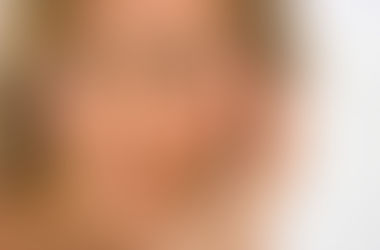Maybe it's Rouge, Maybe it's Rosacea
- Dr. Brittany Carter-Snell
- May 2, 2017
- 2 min read

I have seen many patients with rosacea, including those with skin of color. Rosacea is usually hereditary with a variety of factors that may exacerbate it. And if mom or dad has the same skin type, the typical blushed appearance of rosacea becomes normalized. Thankfully rosacea has no medical significance in regards to causing harm to the body, but it can certainly be cosmetically burdensome to some depending on the severity.
Below are a few fun facts on rosacea and options on what can be done from a dermatologic perspective, Happy #DermTipTuesday!
4 Types of Rosacea
Erythematotelangiectatic Rosacea
Appearance: Flushing and blushing due to multiple fine blood vessels located on the surface of the skin commonly distributed over the cheeks and nose, but forehead, chin, and eyelids can also be involved
Treatment options: Use of a sunscreen with at least an SPF 30 or higher is a must for those with any form of rosacea. Avoiding triggers of rosacea is also helpful. These include, but are not limited to, spicy foods, alcohol, caffeine, or sun exposure without the proper sun protection. Topicals that clamp down blood vessels to make them appear less noticeable is one solution for persistent blushers. Laser therapy is as well.
Oral beta-blockers (a class of medications used frequently to control heart conditions such as hypertension) may help with the flushing component.
Erythematotelangiectatis and Papulopustular Rosacea
Appearance: Flushing and blushing plus inflamed pimples that are not accompanied by "white heads" or "black heads"
Treatment options: In addition to the treatments for the flushing/blushing type of rosacea, topical antibiotics, oral antibiotics, and/or topical anti-parasitics can be added to control the inflammatory component responsible for pimple formation.
Ocular Rosacea
Appearance: Redness and irritation of the conjunctiva (the inner lining of the eyelid) in combination with burning, stinging, itching, dryness, sandpaper/gritty sensation, and/or light sensitivity.
Treatment options: Usually determined by an ophthalmologist who may elect to use one or more of the following: topical antibiotics, oral antibiotics, and artificial tears
Granulomatous/Phymatous Rosacea
Appearance: Oily, thickened, and bumpy skin involving the nose, cheeks, chin, or forehead, accompanied by firm inflamed and lesions
Treatment options: This is one of the hardest forms of rosacea to treat but luckily there are many options ranging from topical and oral therapies to laser and/or surgery.
If you believe that you or a loved one is battling rosacea, we encourage you to schedule an appointment with a board-certified dermatologist for evaluation and management.








































Comments